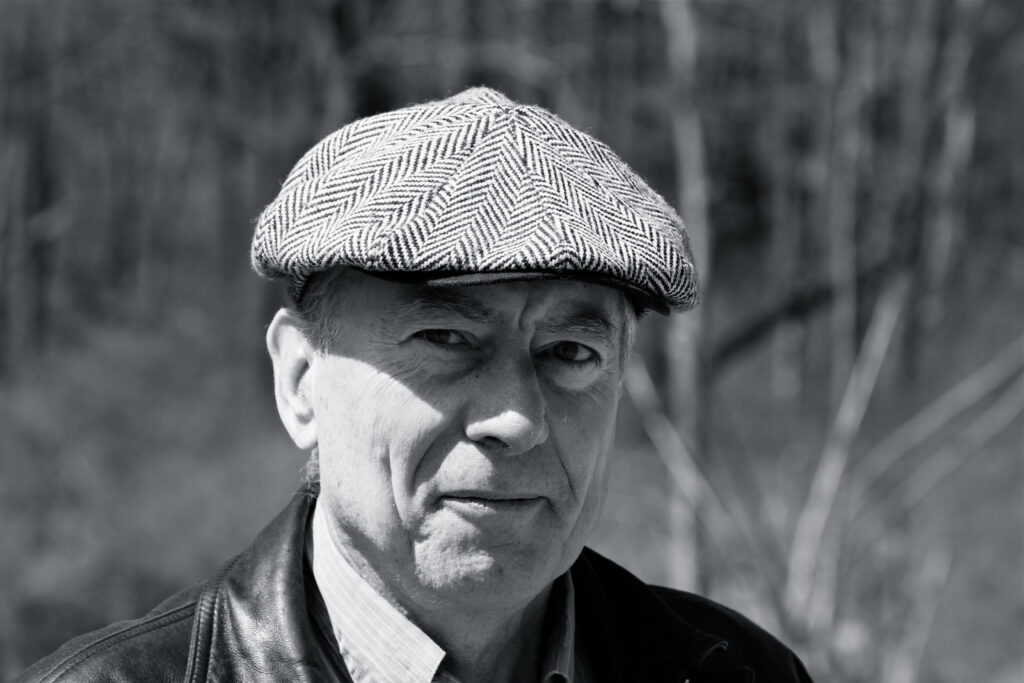Blind Injustice: a WOW at Lincoln Center
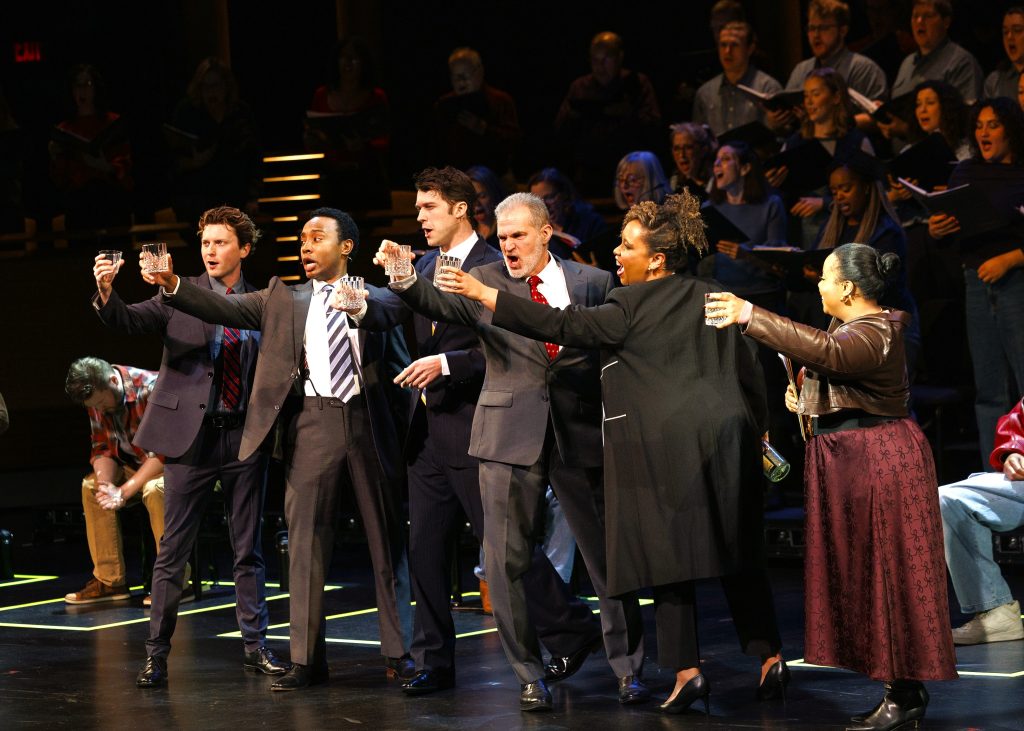
by Kevin T McEneaney
In the MasterVoices Series under the baton of Artistic Director Ted Sperling, the New York Premiere of the opera Blind Injustice was performed at Lincoln Center to long-standing audience ovations this past Monday and Tuesday nights. The opera was based on the casework of the Ohio Innocence Project (at the University of Cincinnati College of Law) with book by Mark Godsey, libretto by David Cote, stage direction by Robin Guarino, and music by Scott Davenport Richards. The opera recounts the true story of six men and women falsely convicted and imprisoned for many years.
The theme that justice can be blind is an ancient trope. Too often, innocent people are convicted out of prejudice, the desire to eliminate political opponents, or even from sheer incompetence by ambitious prosecutors who want to close an enigmatic case to get the case off their shoulders. This has happened in every judicial system ever invented.
The musical Prelude in the Pit opens with an exciting, anarchic, Dionysian theme of reversal. (The first are last, and the last are first offers the central theme of Greek drama.) This opera centers on the process of dehumanization in the lives of innocent victims.
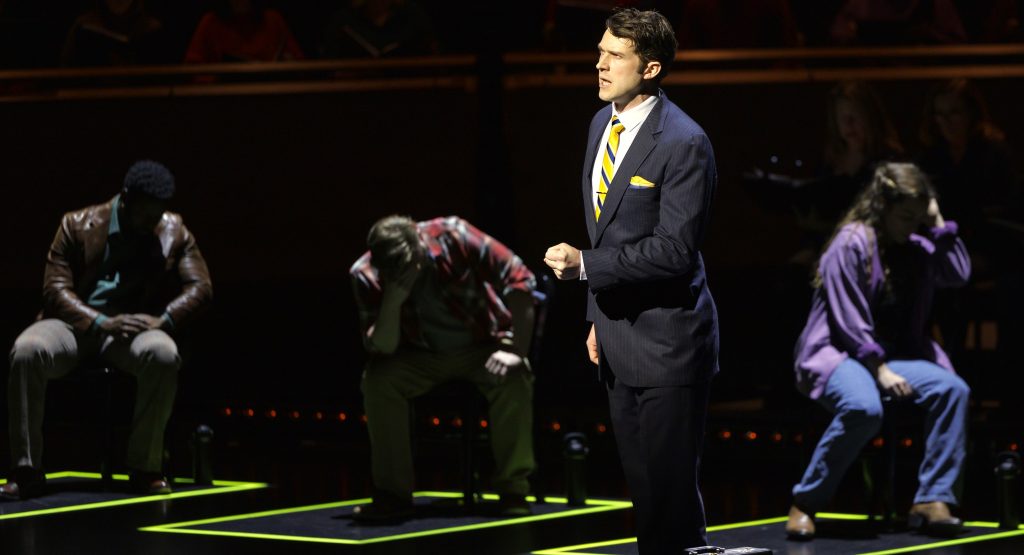
The plot masterfully highlights four cases (one case is a trio) and weaves all six innocents into a compelling tapestry. Bass-baritone Christian Purcell delivered a commanding and convincing portrait of a blindly ambitious careerist prosecutor with impressive power and a frighteningly memorable voice. As the villain, he was appropriately insensitive and self-righteous.
Tenor Joshua Dennis, as Defense Attorney, was suitably amiable and humble as he sought the truth. Soprano Nancy Smith as Reilly Nelson, a school bus driver, offered shocked innocence, bewilderment, and saintly patience during her fifteen-year stint in prison, based upon inane rumored lies.
Baritone Eric Shane Heatly as Ricky Jackson, who spent 39 years in prison for a murder he did not commit, progressed from deep anger to mild resignation with dramatic panache.
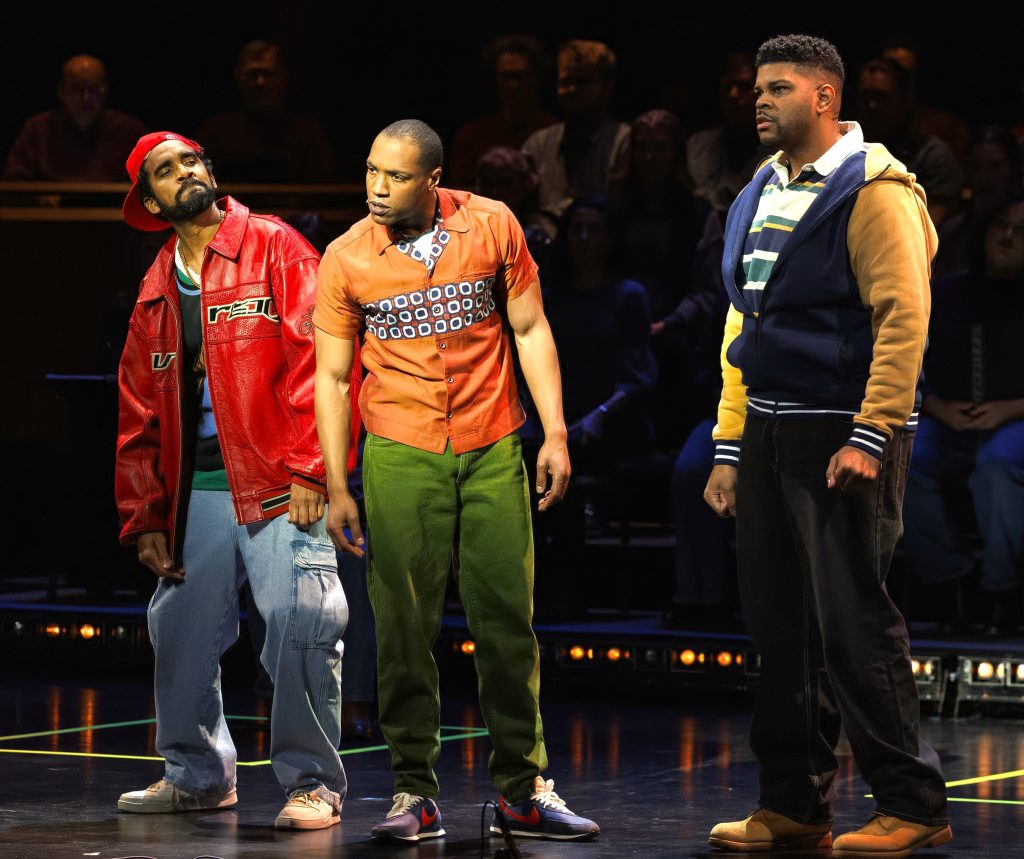
Tenor Orson Van Gay II as Laurese Glover, the nominal leader of the East Cleveland Three, was outstanding with sulky and silky grievance, as well as humiliating resignation to his absurd fate. Bass-baritone Miles Wilson-Toliver ably anchored the trio. Mezzo-soprano Briana Hunter was stunning, especially in devotion and lamentation for her falsely convicted son, played with dignity by baritone Derrick Wheatt; Hunter’s voice and performance delivered peak dramatic angst and pathos.
Victoria Okafor, who created the role of Alesha, offered tangible and effective sympathy in her sublime arias.
Tenor Thomas Capobianco as Clarence Elkins, who was wrongly and egregiously convicted of murdering both his mother-in-law and young granddaughter but was eventually declared innocent through DNA evidence, projected convincing innocence with smooth and clear diction tinged with confused bewilderment while his hardened criminal cellmate Joseph Parrish provided a deathly, menacing baritone.
Protean baritone Marc Kudisch managed to perform several roles that showcased his voice.
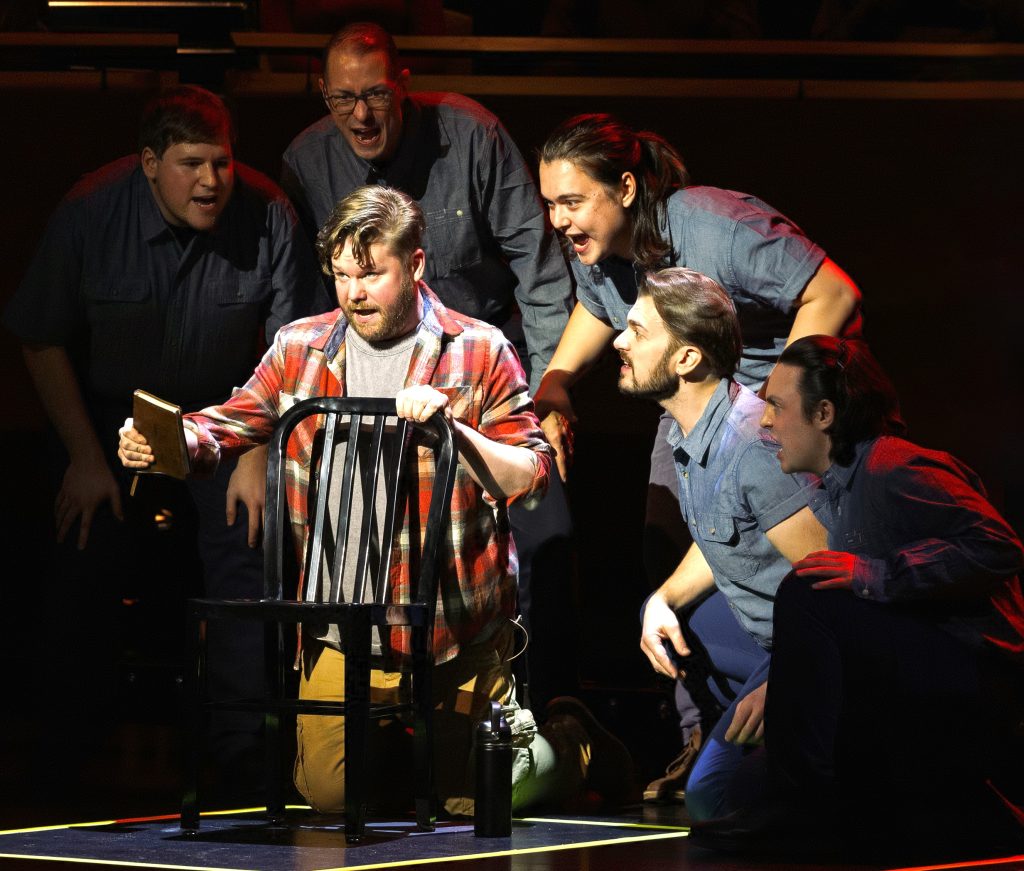
Sung and spoken dialogue were seamlessly woven into a magic garment. The hundred-voiced choir delivered a transcendent, aesthetic thrill. While music lines varied from classical to pop and hip-hop, this was a successful and compelling Jacob’s robe.
This was a landmark ninety minute production by a host of talented artists. I hope this production will be performed in every major city of this country and then transformed into a PBS broadcast special for the nation to hear.
P.S. I have recently written a book review of a remarkable book by an innocent man who spent seven years in jail in a case similar to that of Reilly Nelson. The book is Conviction by Michael Kelsey. You can read that review by clicking here.
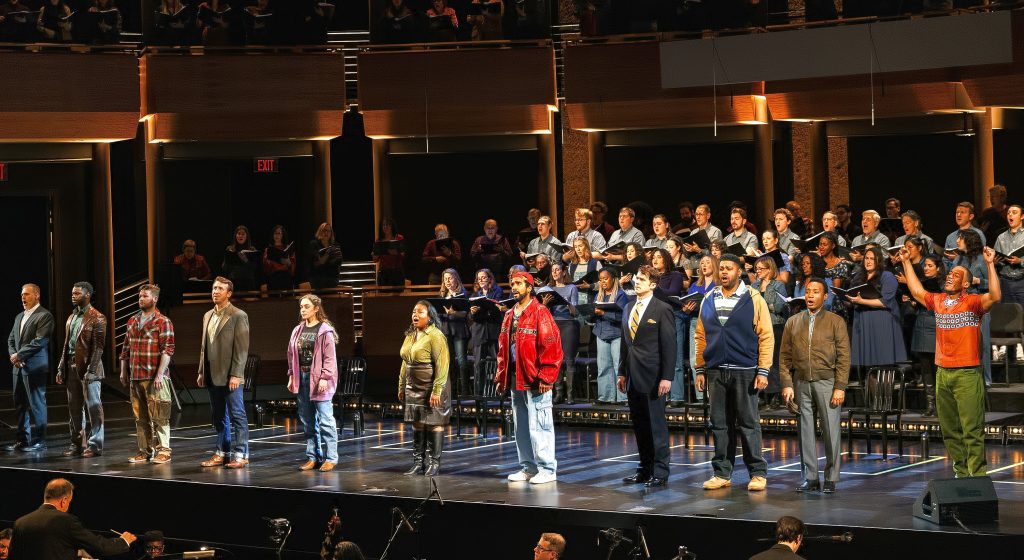
Gilded Age Concert at Smithfield Church
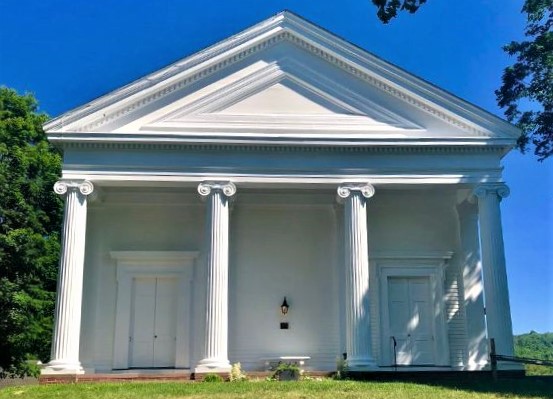
by Kevin T McEneaney, Preview
Currently streaming on HBO Max is an historical drama set in the Hudson Valley: The Gilded Age, those boom years of the 1880’s when the economy sprouted mansions along the banks of the Hudson River. The first series has received rave reviews and a second series is now in production. The series of nine episodes explores the manners, mores, and culture of that exciting period in our area. There is, of course, a musical soundtrack; the music director (and performer) of that soundtrack is Poughkeepsie resident Christopher Brellochs who plays saxophone. Brellochs was Chair of Dutchess Community College Music Department up until recently when he became Dean of the School of Music Dean of the School of Music SUNY at Schenectady.
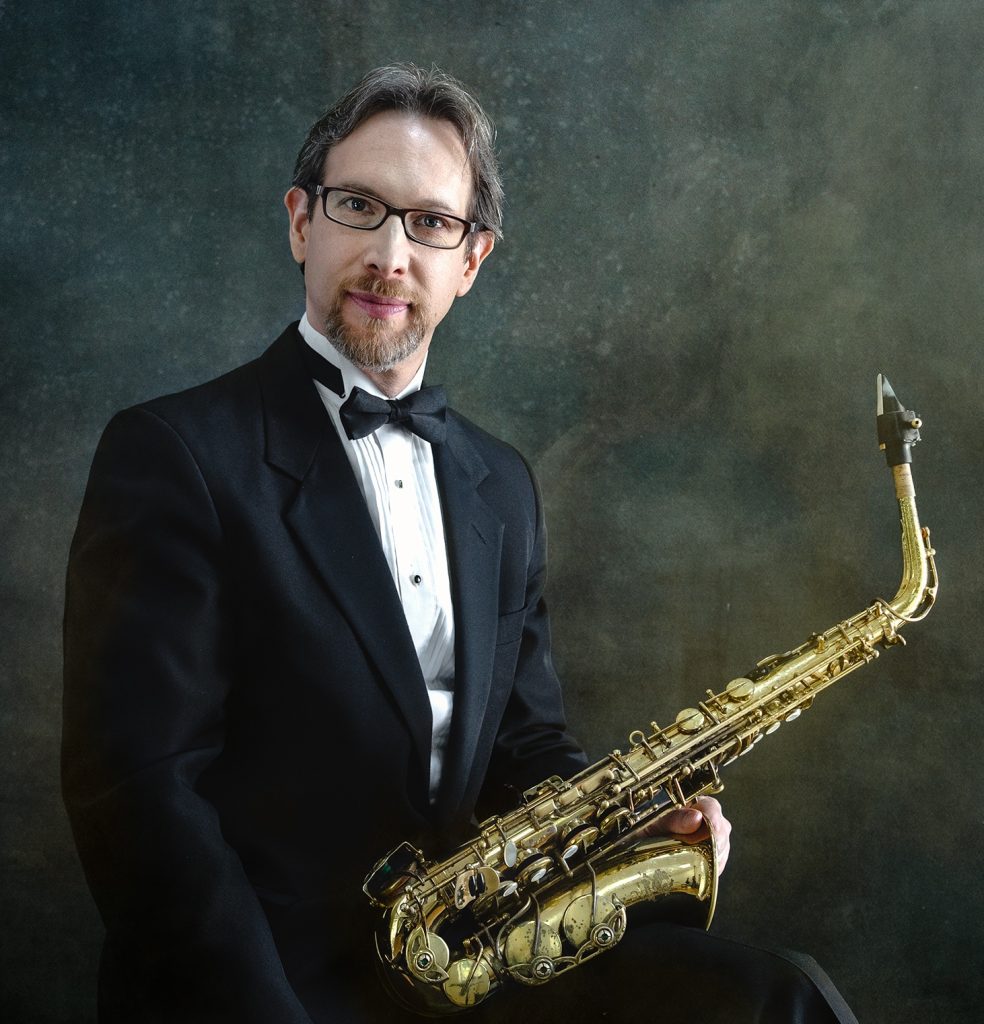
Local house (mansion) entertainment of that era focused on bringing in opera singers from the NYC Metropolitan Opera, as well as small instrumental combos for music of that era. On Saturday, Nov. 5, 4 pm, the Bang Family Music Committee from historic Smithfield Church in Amenia, which features marvelous period acoustics, will host Christopher Brellochs and HBO opera singers Ann Marie Adamick (mezzo-soprano) and Dr. Elizabeth Gerbi (soprano) live with Max Caplan at period Steinway and Brellochs on saxophone. The title of the event is Gilded Melodies.
This exuberant period of artistic expression was personified by the bel canto opera style embraced not only by French composers such as Jules Massenet, but also by Italian composers Donizetti and Bellini, and the Belgian composer, conductor, and instrumentalist Louis Mayeur. All were drawn to France for the freedom of artistic expression that it offered. Together their collective body of work captured the lyricism, romance, sensuality, sentimentality, and theatricality of the period.
The Nov. 5 program will juxtapose these famous vocal arias with the accompanying “fantasies” (instrumental virtuoso display pieces). Inspired by and adapted from the original scores and performed by instrumentalists, these fantasies expanded the reach of those compositions and popularized opera. Led by Dr. Christopher Brellochs, the program will juxtapose the original arias with instrumental adaptations:
Lucrezia Borgia: Nella fatal di Rimini (1833), Donizetti
Fantaisie Brillante sur de Lucrèce Borgia (1877), Mayeur
I puritani: Qui la voce sua soave (1834), Bellini
Fantaisie sur des Puritains de Bellini (1878), Mayeur
Werther: Des cris joyeux d’enfants and Va! Laisse les couler mes larmes, (1887), Massenet
More information (like directions, etc.) may be found at the Smithfield Church website: https://thesmithfieldchurch.org/. Smithfield Church now features disabled access with a new elevator. Audience is requested but not required to give a twenty-dollar donation to help offset the cost of this unusual production. After the concert there will be a reception where the performers will mingle with the audience.
Link to more concert info: https://thesmithfieldchurch.org/bang-concerts
What is BECCS anyway?

by Bill Schlesinger
When trees are used for biomass energy, they are first pelleted, then dried and shipped to a power plant—all energy consuming activities. When burned, all the carbon they contain is emitted to the atmosphere, essentially immediately. The wood pellets replace the fossil emissions from coal, but it takes 40 to 100 years of forest regrowth to balance the carbon dioxide emissions from burning these pellets—longer than the time for commitment to carbon neutrality by the nations using them.
Thus, burning wood pellets is a net source of carbon dioxide in the atmosphere for decades, and because wood has less energy per unit of carbon than coal (28.8 kWh/kgCO2 vs. 3.0 kWh/kgCO2), you must burn lots of it—that’s why we switched to coal hundreds of years ago. All this adds up—the emissions from drying, shipping, and burning wood, and the time to recapture the CO2—to make wood pellets a bad source of energy. As MIT’s John Sterman points out, for reducing CO2 in the atmosphere, one is always better letting an existing stand of trees grow and sequester carbon, than to harvest it for pellets, even if the overall region is showing a net increase in standing timber.
A lot has been said about carbon capture and storage—CCS, or BECCS (Biomass Energy with carbon capture and storage), in which the CO2 from burning wood is captured and injected below ground. In theory, BECCS offers a direct means to reduce CO2 concentrations in the atmosphere. The British Power Company DRAX has even proposed a BECCS plant in California to receives payments for its carbon sequestration.
Yet, BECCS is unproven; I do not know of the implementation of any BECCS scheme, at the scale of utility operations, that is in place and successful in capturing the magnitude of the CO2 generated. BECCS depends on appropriate geological formations to receive the CO2 and these are not always local. Pipeline shipping may be necessary. Overall, the energy used in BECCS adds about 30% to the carbon emissions to the atmosphere from burning biomass directly.
Overall, implementation of BECCS can cut CO2 emissions from biomass power in half, but it does not eliminate them. And the widespread implementation of BECCS would have an enormous impact on the amount of wild, forested land that will remain for wildlife.
References
Bakj, E., et al. 2018. Geospatial analysis of near-term potential for carbon-negative bioenergy in the United States. Proceedings of the National Academy of Sciences 115: 3290-3295.
Jonker, J.C.G, M. Junginger, and A. Faaj. 2014. Carbon payback period and carbon offset parity point of wood pellet production in the southeastern United States. Global Change Biology Bioenergy 6: 371-389.
Natural Resources Defense Council. 2021. A Biomass Bet. NRDC Fact Sheet.
Schlesinger, W.H. 2018. Are wood pellets a green fuel? Science 359: 1328-1329.
Sterman, J., W. Moomaw, J.N. Rooney-Varga and L. Siegel. 2022. Does wood bioenergy help or harm the climate. Bulletin of the Atomic Scientists 78 (3) , pp.128-138.
God is Always with us
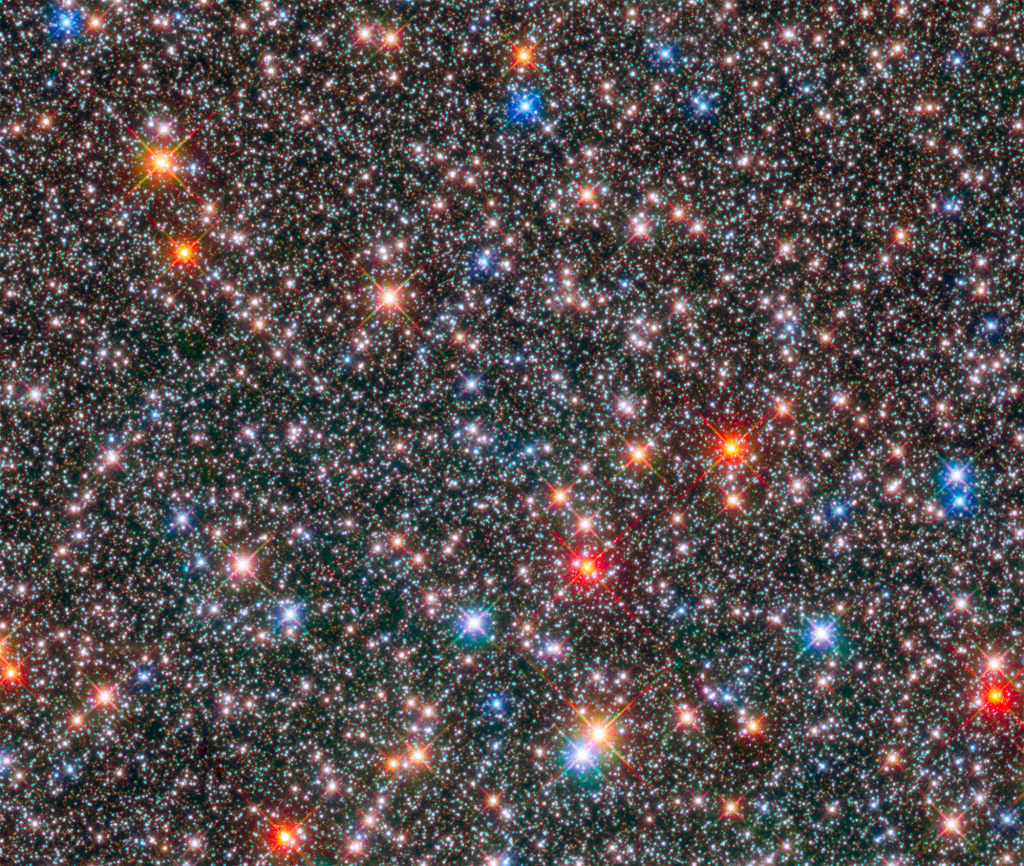
by Kevin T McEneaney
Few tongues speak the language of God,
which is not found in Greek or Hebrew.
The language of God is mathematics:
not many are fluent in that language.
One may find divine wisdom in writ words
as well as words spoken by minister,
rabbi, imam, or a hip Buddhist monk,
or even from a primitive shaman—
or at times from a singer or poet.
We can perceive the divine but dimly.
God also discourses on magnetism,
electricity, and quantum theory,
for those languages are a translation
of numbers—alternate calculation!
About Kevin T. McEneaney
Kevin T. McEneaney is the author of Hunter S. Thompson: Fear, Loathing, and the Birth of Gonzo; Russell Banks : The Search for Freedom; Tom Wolfe: Heroes, Pranksters, and Fools, as well as two poetry collections: The Enclosed Garden and Longing, which was published in French and Japanese. At the moment he is obsessed by music.
